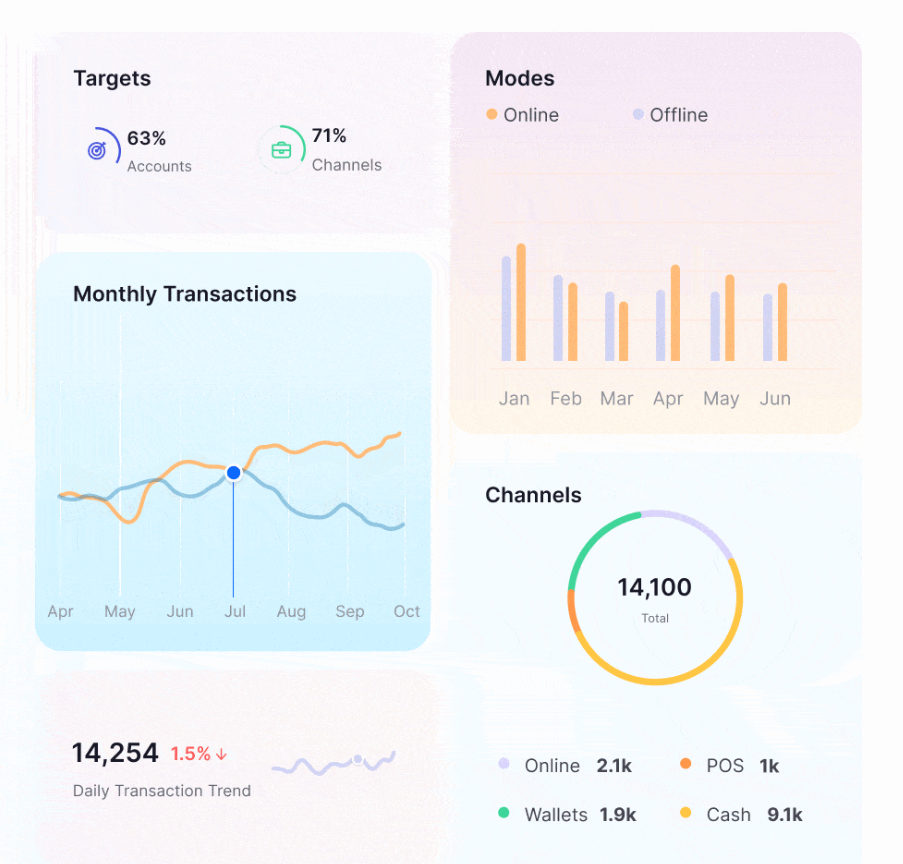In the fast-paced realm of finance, where accuracy and timeliness are paramount, the integration of technology has become a game-changer. Finance reporting automation, leveraging advanced software and artificial intelligence, has emerged as a transformative force, streamlining processes, enhancing accuracy, and enabling finance teams to focus on strategic decision-making. In this article, we will explore the benefits and key considerations of Finance Reporting Automation.
The Evolution of Finance Reporting:
1. Traditional Challenges: Traditional finance reporting processes often involve manual data entry, spreadsheet management, and complex reconciliations. These methods not only consume significant time and resources but also increase the risk of errors.
2. Enter Finance Reporting Automation: Finance reporting automation involves the use of software and technology to automate repetitive financial tasks, data collection, analysis, and reporting. This shift allows finance teams to move away from mundane, time-consuming activities and focus on more analytical and strategic aspects of financial management.
Key Benefits of Finance Reporting Automation:
1. Time Efficiency: Automation significantly reduces the time spent on manual data entry and reconciliation. Finance professionals can redirect their efforts towards analysis, forecasting, and other high-value tasks, ultimately enhancing overall productivity.
2. Accuracy and Error Reduction: Automation minimizes the risk of human error associated with manual data entry. The use of algorithms and predefined rules ensures consistency and accuracy in financial reporting, leading to more reliable insights.
3. Real-time Reporting: Finance reporting automation enables real-time data processing. This means that financial reports can be generated promptly, providing stakeholders with up-to-date insights into the financial health of the organization.
4. Improved Compliance: Automated finance reporting systems often come with built-in compliance checks and features. This helps ensure that financial reports adhere to regulatory requirements, reducing the risk of non-compliance.
5. Enhanced Data Analysis: With the automation of routine tasks, finance teams can allocate more time to data analysis. Advanced reporting tools can provide deeper insights into financial trends, allowing for more informed decision-making.
Considerations for Implementing Finance Reporting Automation:
1. Define Objectives and Requirements: Clearly define the objectives of implementing finance reporting automation. Assess the specific requirements of your organization and choose automation tools that align with your goals.
2. Choose the Right Software: Selecting the right finance reporting automation software is crucial. Look for platforms that offer scalability, user-friendly interfaces, and seamless integration with existing financial systems.
3. Data Security: Given the sensitive nature of financial data, prioritize security when implementing automation. Choose solutions that incorporate robust encryption, access controls, and compliance with data protection regulations.
4. Employee Training: Ensure that your finance team is adequately trained to use the automation tools. This includes training on data input, system navigation, and understanding the insights generated by automated reports.
5. Integration with Existing Systems: Seamless integration with existing financial systems is essential for a smooth transition to automation. Verify that the chosen automation tools can integrate with your accounting software, ERP systems, and other relevant platforms.
Industries Embracing Finance Reporting Automation:
1. Banking and Finance: Automation is prevalent in banking and financial institutions, where precise and timely reporting is essential for compliance and strategic decision-making.
2. Healthcare: Healthcare organizations leverage finance reporting automation to manage complex billing processes, insurance claims, and financial analytics, improving overall financial performance.
3. Manufacturing: In the manufacturing sector, automation streamlines cost accounting, inventory management, and financial reporting, contributing to operational efficiency and profitability.
4. Retail: Retail businesses use automation to manage transactions, monitor inventory, and generate real-time financial reports, enabling quick responses to market trends.
Future Trends in Finance Reporting Automation:
1. Advanced Analytics: The integration of advanced analytics, machine learning, and artificial intelligence will enhance the predictive capabilities of finance reporting automation, providing more insightful and forward-looking financial analyses.
2. Blockchain Integration: Blockchain technology is expected to play a role in enhancing the security and transparency of financial data, potentially revolutionizing how financial transactions are recorded and reported.
Conclusion:
Finance reporting automation represents a paradigm shift in how organizations manage and analyze financial data. By automating routine tasks, reducing errors, and providing real-time insights, automation empowers finance professionals to make strategic decisions with confidence. As technology continues to advance, the future of finance reporting automation holds exciting possibilities, promising a more efficient, accurate, and agile financial landscape.
For more details, visit us :
Account Reconciliation Software for Business
Integrated Treasury Management System
Finance Process Automation Software





Comments